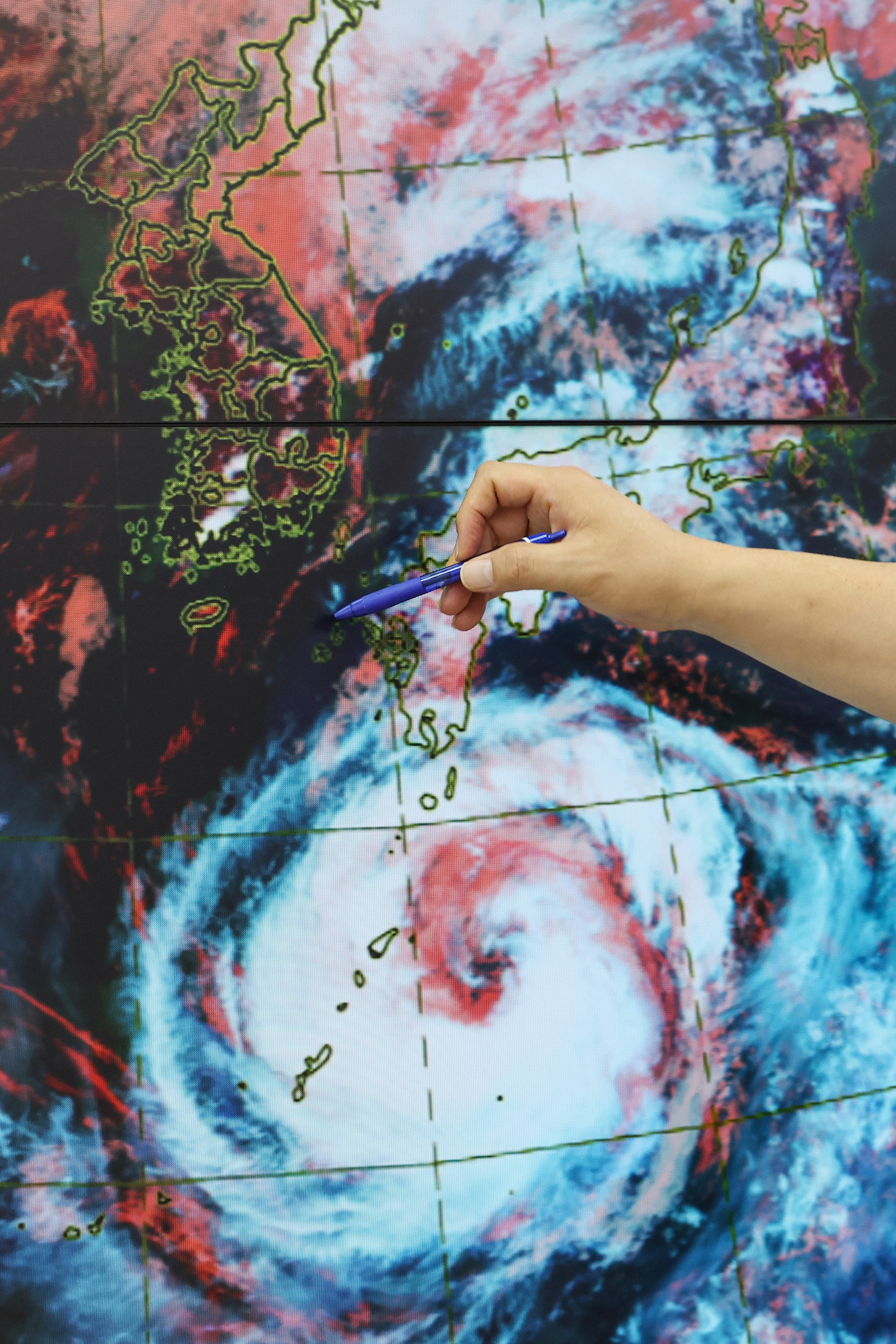Pangu-Weather forecasts require much lower computational costs while still being competitive in terms of accuracy.
Advertisement
According to a paper published in scientific journal Nature in July, the Pangu model showed higher precision in its forecasts than traditional numerical prediction methods. It can predict the weather from one hour to seven days in advance, and with a prediction speed 10,000 times faster.
“Currently, Pangu-Weather can provide global weather forecasts on a second-to-second basis, covering aspects like humidity, wind speed, temperature, sea level pressure, etc. The model has shown outstanding performance in predicting typhoon paths, cold waves, heatwaves and more,” Tian said.
‘Global boiling’: recent headlines show the reality of the climate crisis
‘Global boiling’: recent headlines show the reality of the climate crisis
Tian said that the model has provided crucial information for weather bureaus worldwide.
Advertisement
“Professional forecasters have been using Pangu-Weather’s predictions as a reference. Many weather enthusiasts are also monitoring its performance in typhoon path predictions online.
“The ultimate goal of Huawei is to use the Pangu-Weather to create a next-generation AI weather forecasting framework. It aims to enhance weather prediction accuracy and speed, thus helping humanity better respond to extreme weather conditions. We are also having discussions with the China Meteorological Administration for collaboration,” Tian said.
Advertisement
Global weather forecasters, meteorologists and the general public can now access Pangu-Weather’s 10-day global weather forecasts on the website.

When the Post contacted ECMWF to ask about where it stands on the use of AI, a spokeswoman pointed to a recently published blog post on the organisation’s website which said: “Now is the time to embrace the technology and establish what is the optimal balance of physical modelling and ML [machine learning] to continue improving forecasts.”
Advertisement
But Dr Florian Pappenberger, forecast department director at ECMWF, described AI models as the “quiet revolution” of weather forecasting.
“Data-driven modelling based on ML is showing enormous potential for weather forecasting. Rapid progress has been made with impressive results for some applications. The uptake of ML methods could be a game-changer for the incremental progress in traditional numerical weather prediction,” he said in a paper his team published on ArXiv website in July.
Advertisement
Weather patterns are chaotic and cannot be accurately calculated by even the most powerful supercomputers. But AI models can extract some features that humans cannot, thereby giving better results.
“We think AI models can uncover new atmospheric evolution patterns from massive data. Development of AI helps to break monopolies of traditional forecasting and overcome the bottleneck in numerical weather prediction accuracy. AI is set to become a game-changer in the meteorological field, with Huawei being an essential participant,” Tian said.
The AI model is not perfect though.
“In typhoon prediction, while Pangu-Weather might be more accurate in predicting general trends, it may lag in predicting specific landing points of typhoons due to the different initial data used by AI,” Xie Lingxi wrote on Zhihu, the Chinese Quora. He has a PhD in machine learning from Tsinghua University, in Beijing, and is now a senior researcher at Huawei.
“Current AI methods may underestimate typhoon strength due to the low proportion of extreme weather data during the training and the lack of consideration for physical laws. Hence, numerical models should still be more heavily relied upon for typhoon strength predictions at present,” he said.
Advertisement


